For centuries, whales have filled the oceans with haunting songs that travel thousands of miles, weaving a tapestry of sound beneath the waves. These complex vocalizations play a vital role in whale society, helping them find mates, coordinate hunts, and maintain social bonds. But today, these ancient melodies are being drowned out. Acoustic pollution—the relentless noise from ships, sonar, and industrial activity—has invaded the ocean’s once-peaceful soundscape. As a result, whales are struggling to hear one another, raising urgent concerns for the future of these magnificent marine giants.
1. The Science of Whale Songs
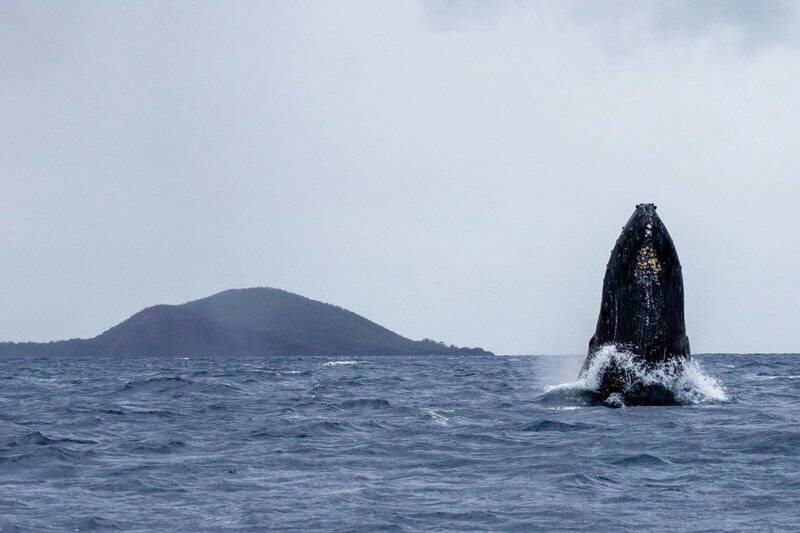
Whales are renowned for their intricate vocalizations, which serve as much more than mere calls. Humpback whales compose long, complex songs that can last for hours, changing melodies over time and even passing them across populations. Blue whales, the largest animals on Earth, emit low-frequency moans that travel hundreds of miles through the ocean’s depths. These sounds help whales communicate, socialize, and navigate immense distances, creating an underwater network of messages crucial for their survival. (Source)
2. The Rise of Ocean Noise Pollution

The ocean’s soundscape has changed dramatically since the 20th century. Once, the sea was dominated by natural sounds—waves, weather, and marine life. Today, commercial shipping engines rumble endlessly, oil drilling operations throb, and naval sonar blasts echo for miles. Studies show that ocean noise levels have doubled every decade in some regions, making the underwater world almost unrecognizable to its original inhabitants. (Source)
3. Ship Engines: The Loudest Offenders

Modern cargo ships and oil tankers are some of the ocean’s loudest intruders. Their massive engines and propellers generate a constant hum of low-frequency noise—the very range whales rely on to communicate. This overlap means whale calls are often masked or lost, making it difficult for them to find each other across vast distances. As global shipping traffic continues to increase, these deep rumbles pose a serious threat to the acoustic environment whales depend on. (Source)
4. Sonar and Military Activities

Naval sonar and military exercises introduce powerful sound pulses into the ocean, often reaching levels that can disorient or even injure marine mammals.
These high-intensity blasts are designed to travel great distances, but they can interfere with whale navigation and communication.
In some cases, exposure to sonar has been linked to strandings and behavioral changes in whales, as they attempt to escape the overwhelming noise.
The unpredictable nature of military activities makes this threat especially difficult for whales to avoid.
(Source)
5. Oil and Gas Exploration: Seismic Blasts
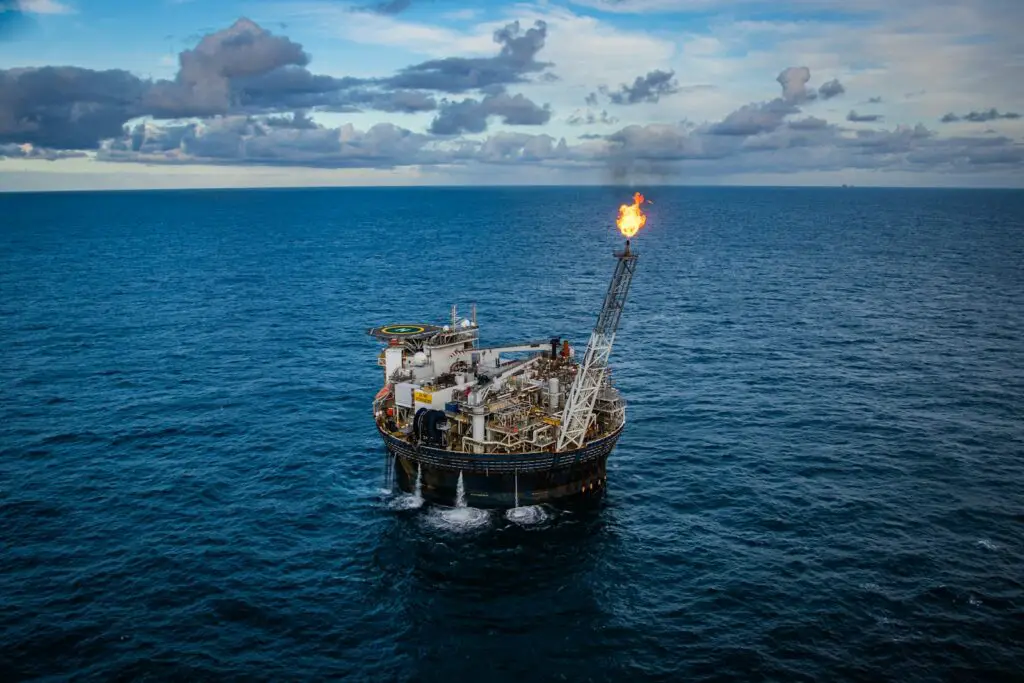
The search for underwater oil and gas relies on seismic airgun blasts—deafening pulses fired repeatedly into the ocean floor. These blasts can travel for hundreds of miles, creating a wall of noise that easily drowns out whale songs and disrupts their communication. For whales, this acoustic interference can mean losing the ability to find mates, navigate, or warn each other of danger. The scale and intensity of seismic surveys make them a particularly pervasive source of ocean noise. (Source)
6. Lost Communication Range
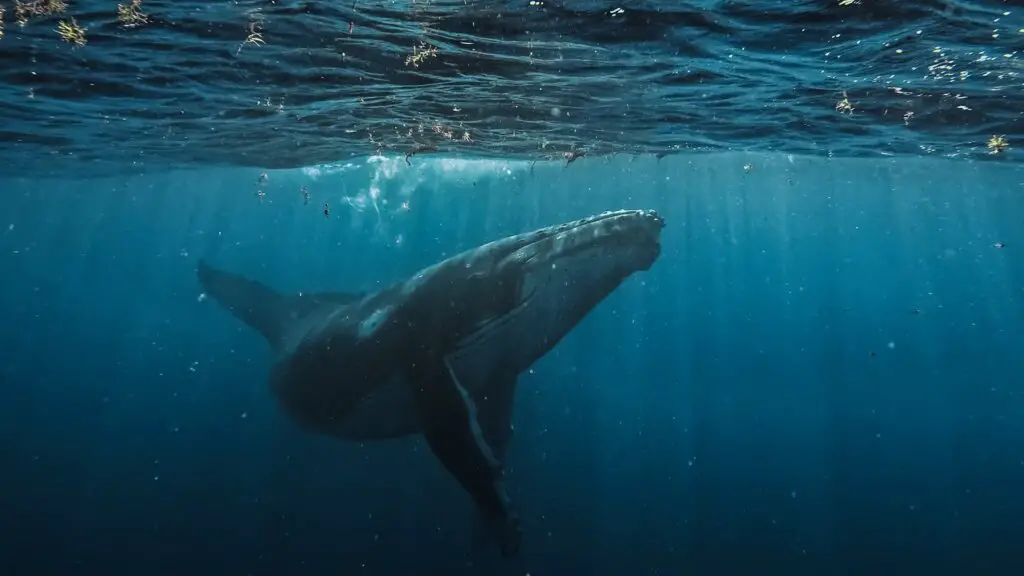
Research reveals a dramatic decline in whales’ ability to communicate in today’s noisy seas. In some heavily trafficked regions, their effective calling range has been reduced by up to 90%. Where whale songs once traveled hundreds of miles, now they may be heard only a few dozen miles at best. This shrinking acoustic “window” makes it far more difficult for whales to coordinate, find mates, or maintain social connections—threatening the very fabric of their societies. (Source)
7. Social Disruption Within Pods
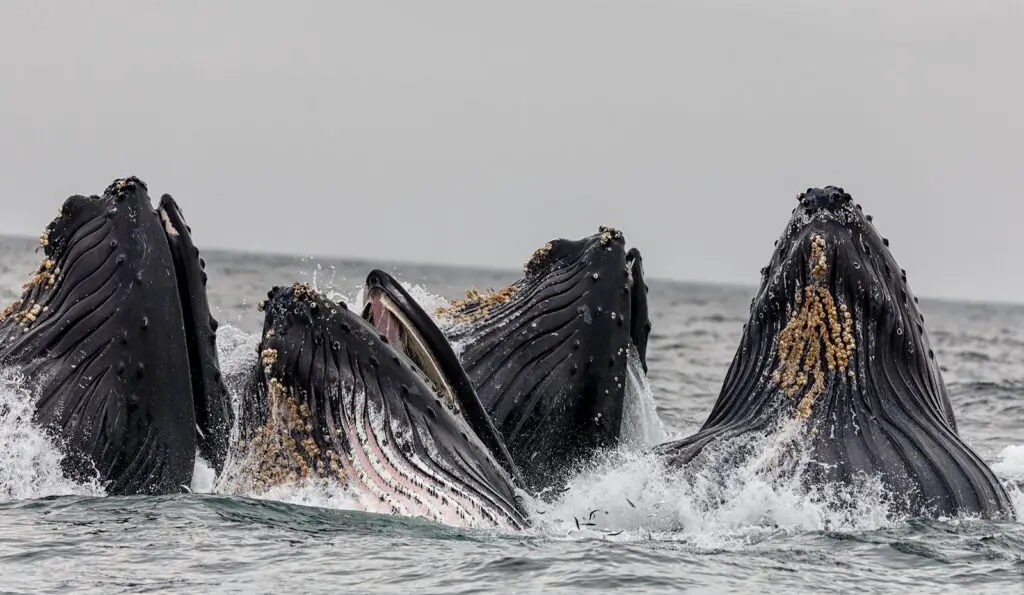
The rise in ocean noise doesn’t just limit whale communication—it disrupts the core of their social lives.
Within pods, mothers and calves can become separated in the din, and groups struggle to coordinate movement or hunting.
Social bonds weaken as calls go unheard or are masked by human activity.
Pod cohesion suffers, making it harder for whales to care for young, avoid predators, or respond to threats together.
(Source)
8. Masked Mating Calls
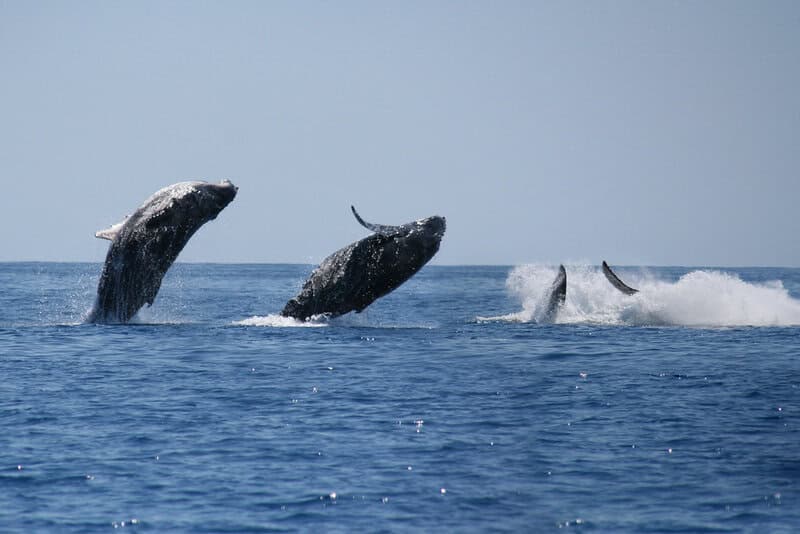
For whales, the ability to find a mate depends on powerful vocal displays that can cross vast distances.
Acoustic interference from human noise can mask these crucial mating calls, making it nearly impossible for males and females to locate each other during breeding seasons.
This breakdown in communication can severely impact reproduction rates and the long-term survival of whale populations.
The consequences of these masked signals are far-reaching, threatening the delicate balance of ocean ecosystems.
(Source)
9. Navigation and Feeding Challenges
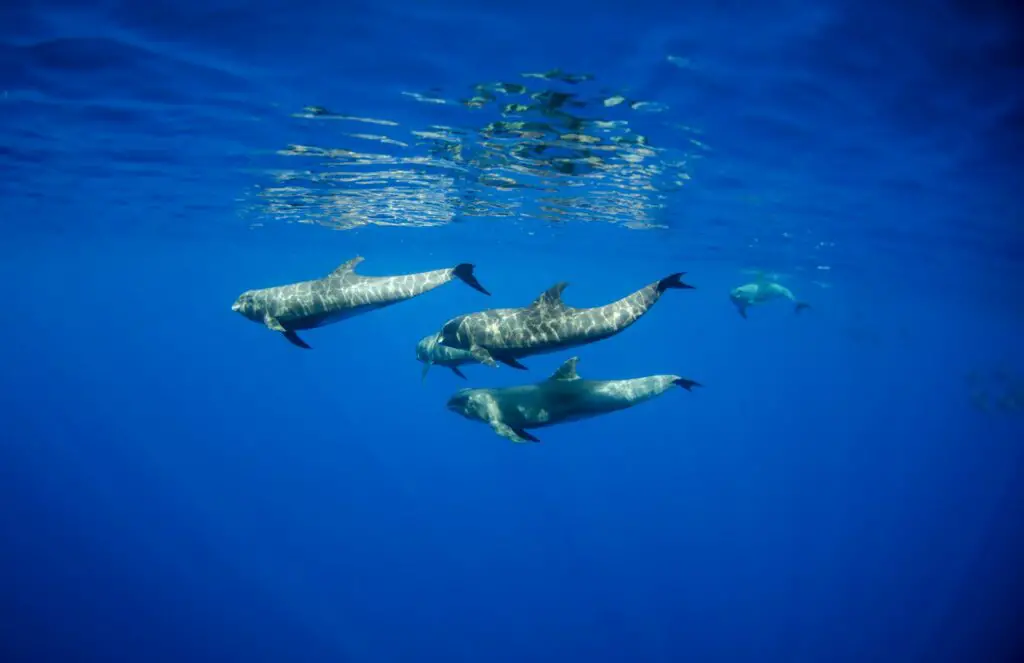
Whales depend on sound not only to communicate, but also to navigate the vast, dark ocean and locate prey. Noise pollution muddles these vital acoustic cues, causing confusion and disorientation. In noisy waters, whales may struggle to find food sources or migrate along traditional routes, leading to reduced feeding success and increased stress. The disruption of these essential behaviors puts additional strain on already vulnerable populations. (Source)
10. Distress and Strandings

Acute noise events—like sonar testing or seismic surveys—have been directly linked to spikes in whale strandings and abnormal behaviors.
The sudden, intense sound can trigger panic, causing whales to surface rapidly or flee into shallow waters where they become stranded.
Scientists have documented distress responses, including erratic swimming and group disorientation, following such noise blasts.
These incidents underscore the dire consequences of unchecked ocean noise on whale health and survival.
(Source)
11. Chronic Stress and Health Impacts

Persistent noise in the ocean doesn’t just disrupt whale behavior—it also takes a physiological toll.
Studies have shown that chronic noise exposure raises stress hormone levels in whales, which can suppress immune function and reduce overall health.
Over time, this heightened stress makes whales more susceptible to disease and less resilient to other threats in their environment.
The long-term health impacts of acoustic pollution are still being uncovered, but the evidence is already deeply concerning.
(Source)
12. Species-Specific Risks
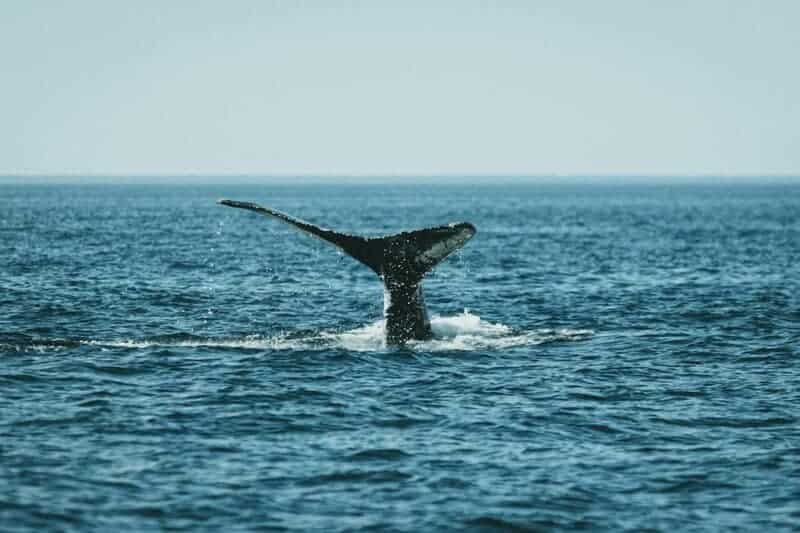
Not all whales experience noise pollution equally.
Baleen whales, such as blue and humpback whales, are particularly vulnerable because they rely on low-frequency sounds for communication—precisely the range most affected by ship and industrial noise.
Toothed whales, like dolphins and orcas, use higher-frequency clicks and whistles, which can still be disrupted but are less susceptible to masking by low-frequency noise.
This difference means some species face even greater risks as ocean noise continues to rise.
(Source)
13. Calves Are Especially Vulnerable
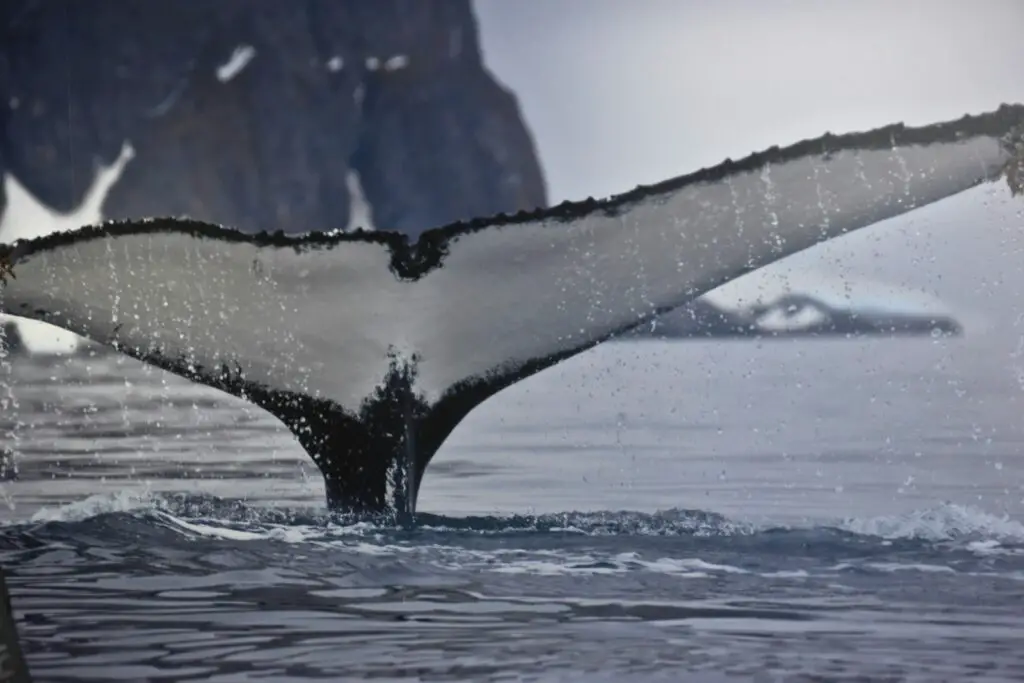
Young whales, or calves, depend on close contact calls to stay connected with their mothers during early development.
In noisy waters, these vital calls can be easily masked or drowned out, leaving calves at risk of becoming separated and vulnerable to predators or starvation.
The loss of this intimate acoustic link can have devastating consequences for calf survival and the overall health of whale populations.
Protecting these youngest members is crucial for the future of these majestic species.
(Source)
14. Disappearing Acoustic Habitats

The world’s oceans once offered vast, quiet refuges where whales could sing, socialize, and raise their young in peace. Today, these acoustic habitats are rapidly shrinking as noise pollution invades even remote marine regions. The spread of shipping lanes, resource extraction, and industrial activity means few places remain where whales can escape the constant din. The loss of these acoustic sanctuaries threatens the well-being of whales and the intricate balance of ocean life. (Source)
15. Comparing Ocean and Land Noise

The effects of noise pollution in the ocean mirror those experienced by humans in bustling urban settings.
Just as city noise can drown out conversations and increase stress, oceanic soundscapes overwhelmed by human activity disrupt the delicate lines of communication among whales.
Both whales and people suffer from lost connections, confusion, and heightened anxiety when their environments grow too loud to navigate or interact effectively.
The parallels highlight how pervasive and damaging noise pollution can be across ecosystems.
(Source)
16. The Role of Climate Change
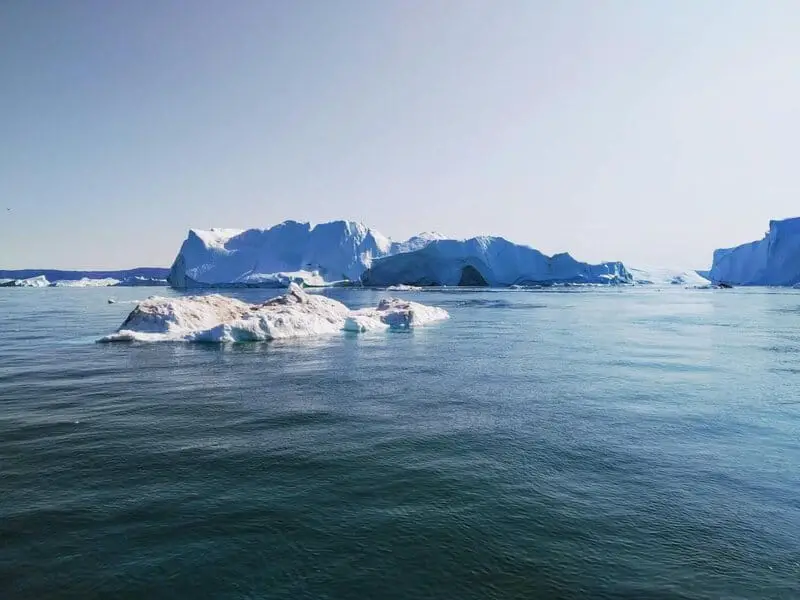
Climate change is reshaping the ocean’s acoustic environment in subtle but profound ways.
Melting sea ice removes natural sound barriers, allowing noise to travel farther and reach areas that were once protected.
Meanwhile, rising ocean temperatures can alter how sound propagates underwater, sometimes amplifying human-made noise.
These changes compound the challenges whales face, pushing their already strained communication abilities to the brink.
(Source)
17. Regional Hotspots for Noise

Some ocean regions are far noisier than others, posing acute risks for local whale populations.
The North Atlantic, with its dense shipping lanes and industrial activity, stands out as a global hotspot for underwater noise pollution.
Busy straits, port entrances, and areas near offshore drilling sites are especially problematic.
Whales in these regions must contend with near-constant acoustic interference, leaving them particularly vulnerable to the disruptive effects of human-made noise.
(Source)
18. Adaptation: Louder and Longer Calls
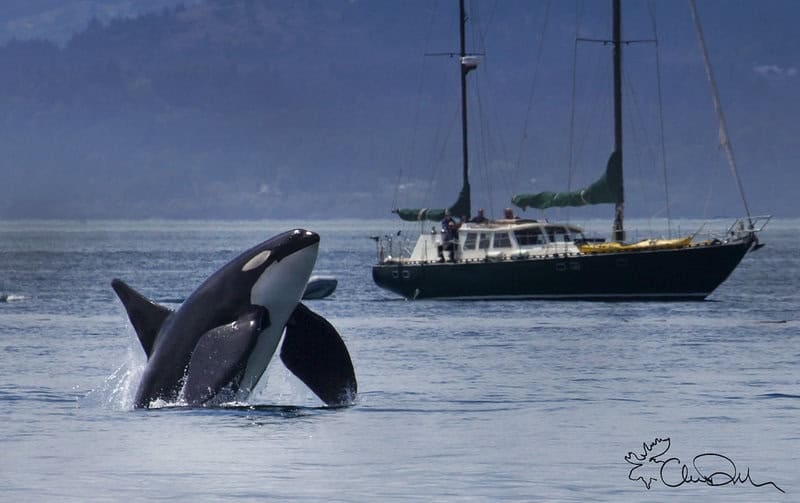
In response to rising ocean noise, some whales have begun to increase the volume and duration of their calls in an attempt to be heard. These adaptations help them communicate over greater distances, but come at a significant energetic cost. Constantly shouting above the din drains valuable energy reserves, potentially impacting feeding, reproduction, and overall health. While this resilience is remarkable, it’s not a sustainable solution for the long-term survival of whale populations. (Source)
19. The Limits of Adaptation
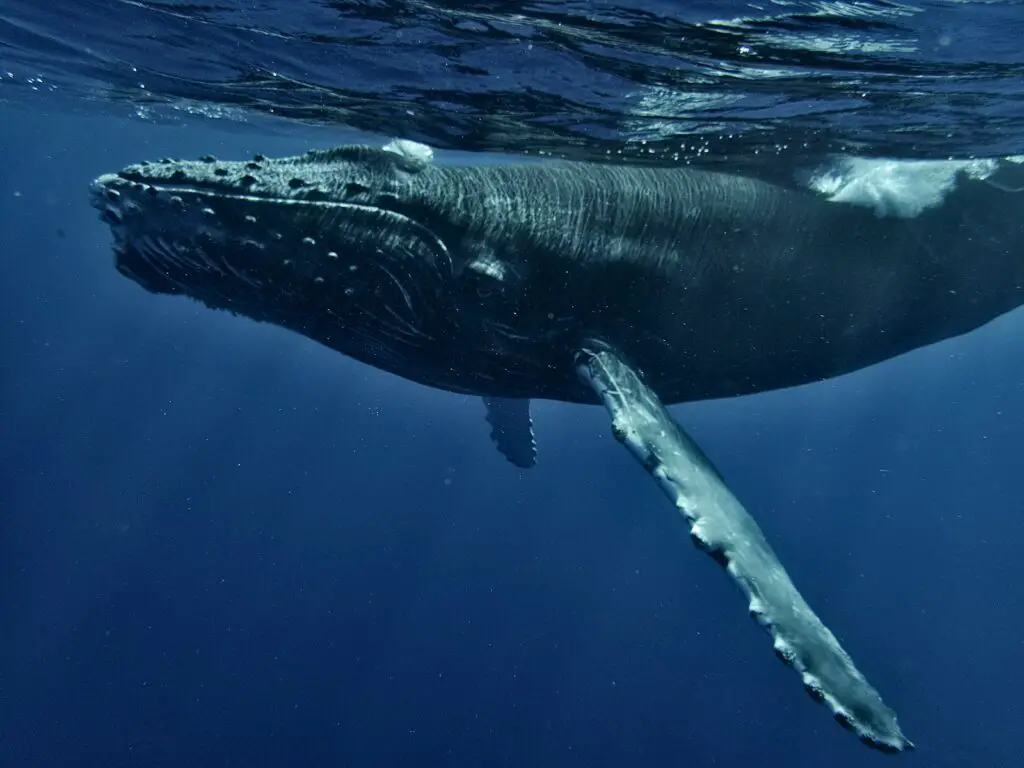
Despite their efforts to adjust, whales face biological limits to how much they can adapt to escalating noise. There’s only so loud or long a whale can call before the energy demands become unsustainable or their vocal cords are strained. Once noise levels surpass these natural thresholds, meaningful communication simply breaks down. This stark reality underscores that adaptation alone cannot protect whales from the relentless encroachment of human-caused noise. (Source)
20. The Role of Technology in Monitoring

Scientists are turning to advanced technology to better understand how noise pollution affects whales. Underwater microphones, or hydrophones, are deployed across the world’s oceans to capture and analyze soundscapes in real time. This acoustic monitoring allows researchers to track noise levels, pinpoint hotspots, and study how whales alter their behavior in response. These insights are critical for shaping policies and developing strategies to protect whales from the growing threat of ocean noise. (Source)
21. International Regulations and Treaties

Addressing ocean noise requires coordinated global action.
The International Maritime Organization (IMO) has developed guidelines to help ship operators reduce underwater noise and minimize impacts on marine mammals.
These recommendations encourage quieter ship designs, slower speeds, and better route planning.
While not legally binding, such international efforts highlight growing recognition of the need to protect whales and other marine life from the dangers of acoustic pollution.
(Source)
22. Ship Quieting Technologies

Innovations in ship design are offering promising solutions to ocean noise.
Quieter engines, specially shaped hulls, and advanced propeller modifications can dramatically reduce the amount of noise ships emit.
Even simple changes, such as operating at slower speeds, have been shown to lower noise output significantly.
As the shipping industry adopts these technologies, the hope is to create a quieter ocean—one where whale songs and natural sounds can once again travel freely.
(Source)
23. Marine Protected Areas (MPAs)
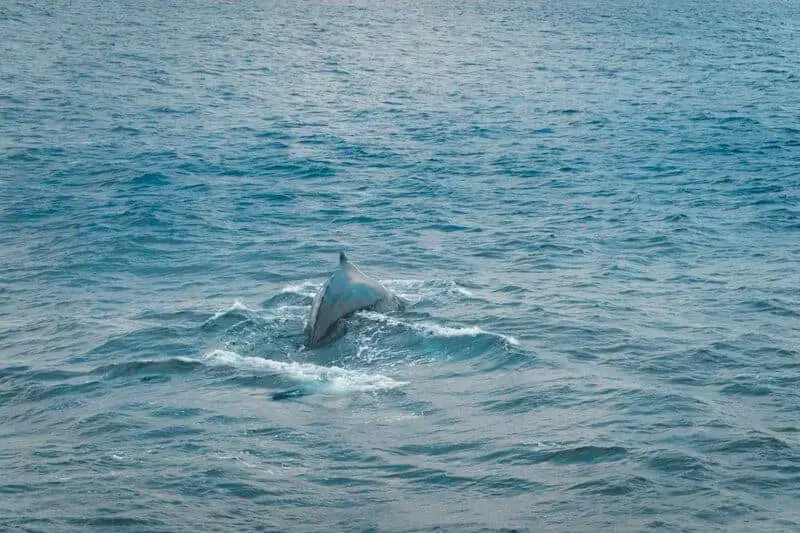
One effective strategy to safeguard whale communication is the creation of Marine Protected Areas (MPAs).
These designated zones often restrict noisy activities such as shipping, drilling, or sonar testing, giving whales a much-needed reprieve from constant acoustic interference.
By establishing acoustic refuges, MPAs allow natural whale behaviors—like singing, socializing, and nursing calves—to flourish in quieter waters.
Expanding and enforcing these protected areas is key to preserving the ocean’s natural soundscape.
(Source)
24. Public Awareness and Citizen Science

Growing public awareness is crucial in the fight against ocean noise. Awareness campaigns and citizen science projects invite people to learn about and help monitor marine soundscapes. Volunteers can collect acoustic data, report ship noise, or support advocacy for quieter oceans. These grassroots efforts not only empower communities, but also provide scientists with valuable information and momentum for policy change. (Source)
25. The Future of Whale Communication
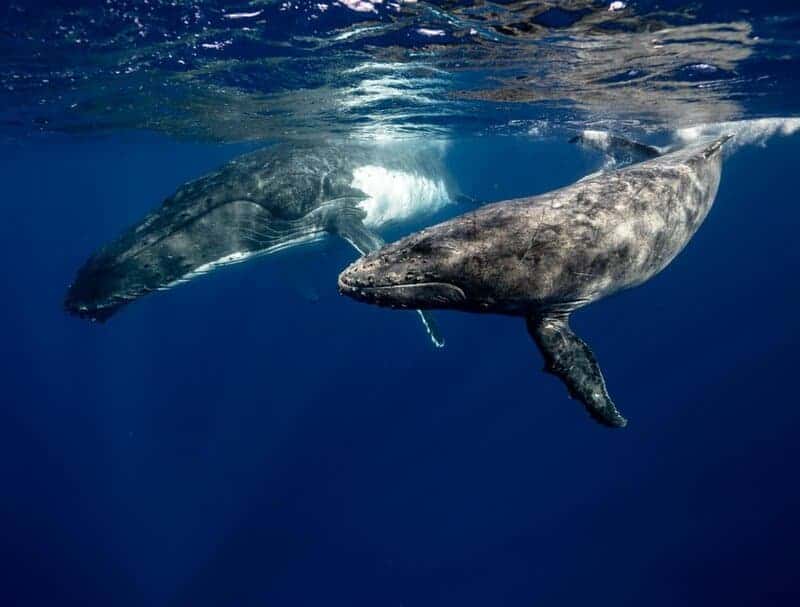
Looking forward, there is hope for restoring the ocean’s missing soundscape. Ongoing research, innovative technologies, and strengthened conservation policies are laying the groundwork for a quieter ocean. Scientists are developing new tools to better understand whale songs and human impacts, while international collaborations aim to reduce noise at its source. With continued commitment, we can help ensure that whales will once again be able to hear each other—and fill the seas with their songs. (Source)
26. What We Stand to Lose
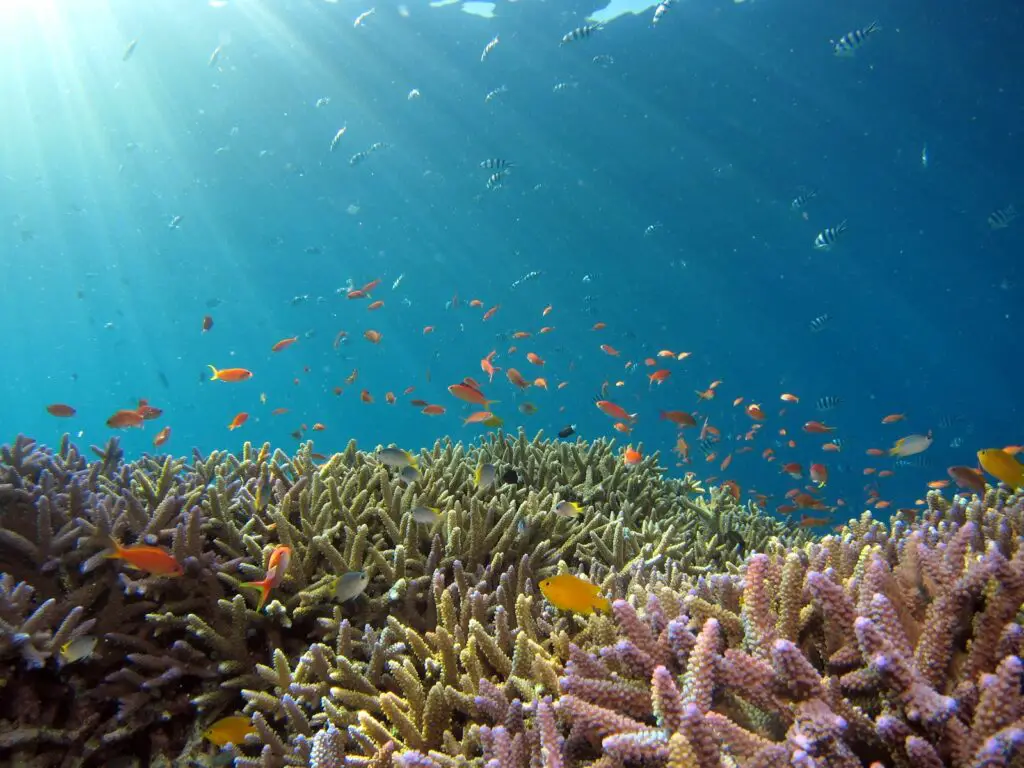
The loss of whale songs is more than a tragedy for these majestic creatures—it signals a profound disruption throughout the marine world.
A silent ocean means lost connections, weakened ecosystems, and a breakdown in the delicate harmony that sustains marine biodiversity.
When we lose the ocean’s natural sounds, we risk unraveling the intricate relationships that tie together life beneath the waves.
Preserving the voices of whales is essential for the health and beauty of the entire ocean.
Conclusion

The mounting tide of ocean noise pollution threatens to silence one of nature’s most extraordinary voices. As whales lose their ability to communicate, the health of entire marine ecosystems hangs in the balance. Acoustic pollution is erasing a vital part of our planet’s natural heritage—but it’s not too late to act. Through innovation, global cooperation, and public engagement, we can restore peace to the seas and ensure that the songs of whales echo through the oceans for generations to come.

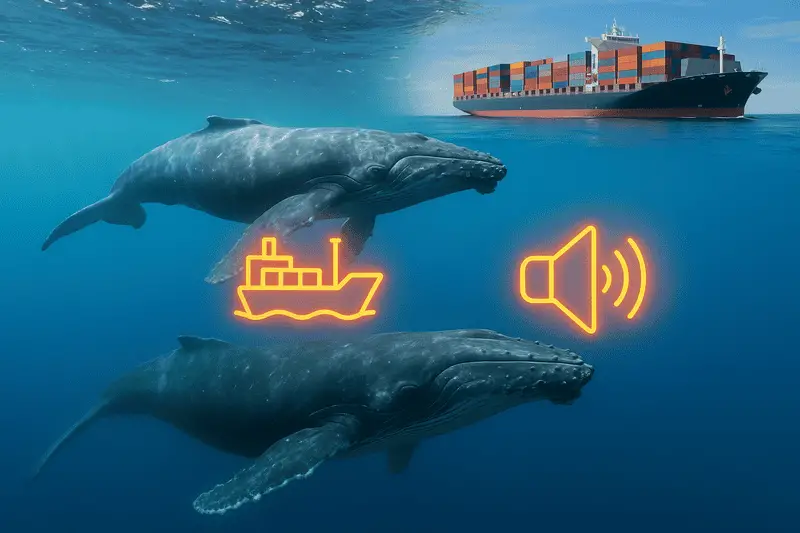

Vielleicht interessiert es Sie:
Wussten Sie! Minensuchratten auf dem Schlachtfeld und sie sind super effektiv!
Wie viele Giraffenarten gibt es? Leben sie alle in Afrika?
Der Vogel ist das Weibchen der Vögel: wahr oder falsch?
Warum bauen Biber Dämme? Welchen Nutzen?
Warum leben manche Tiere nachtaktiv? Welche Vorteile?
Küssen Tiere? Ist das die gleiche Bedeutung wie Menschen?
200+ Hilarious Seahorse Jokes That Will Make You Smile and Giggle
200+ Funny Investment Jokes to Boost Your Financial Humor Game